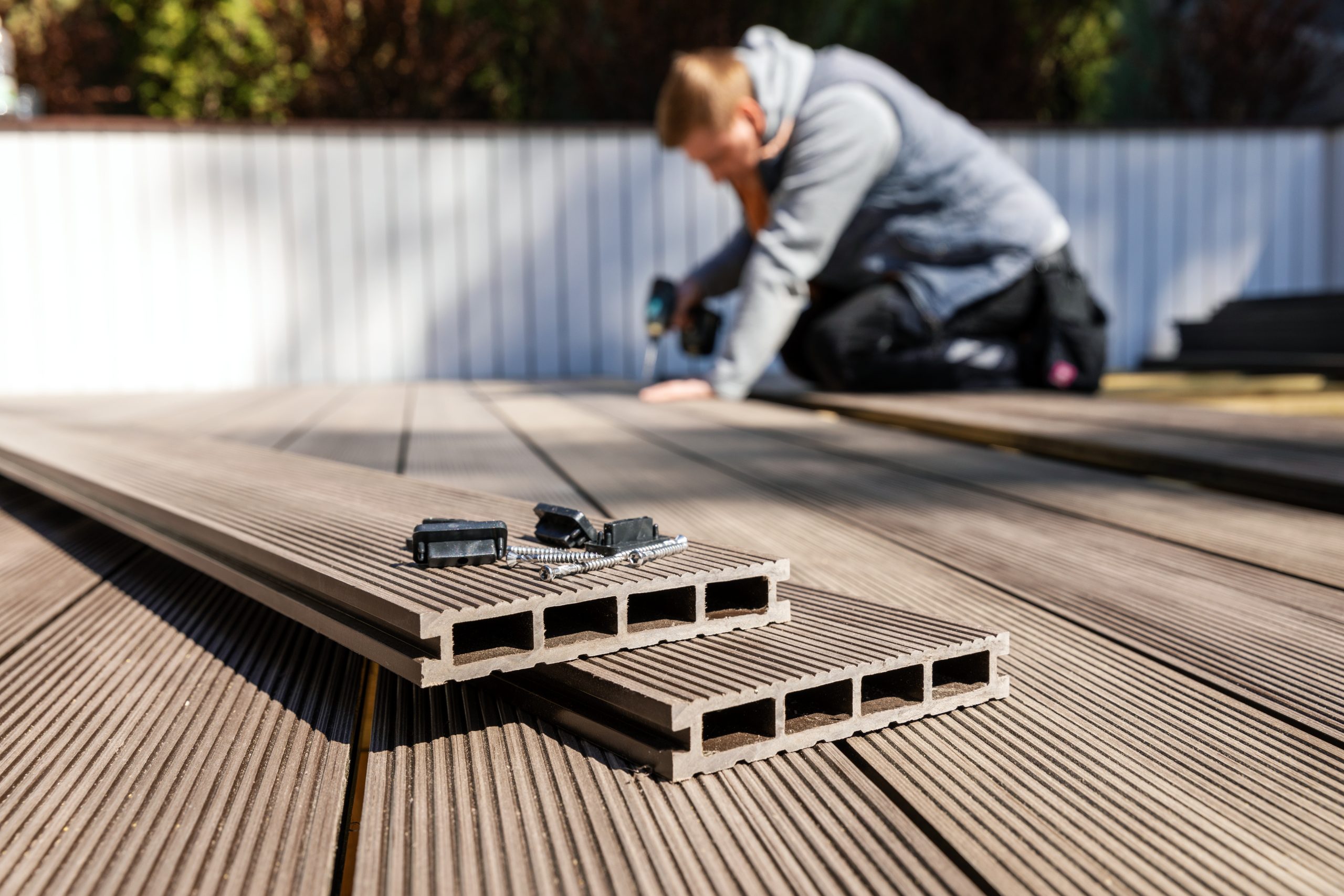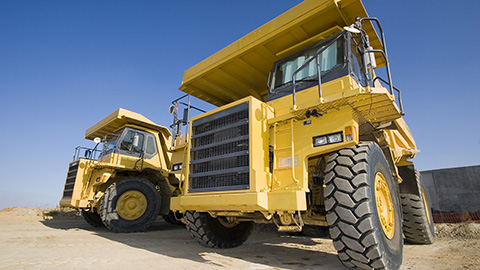Composites: The Key to Modern, Sustainable Building And Construction
Composites: The Key to Modern, Sustainable Building And Construction
Blog Article
Opening the Environmental Advantages of Recycled Compounds in Construction and Design
In the realm of construction and layout, the use of recycled compounds holds significant guarantee for boosting sustainability methods and lowering ecological effect (composites). By integrating these ingenious materials, there is a prospective to deal with essential issues such as waste minimization, power preservation, and a decline in carbon footprint. The shift in the direction of an extra sustainable future in these industries pivots on opening the complete potential of recycled composites. This discussion will explore the diverse advantages and obstacles connected with incorporating recycled composites into building and construction and design, using a look into the transformative opportunities that exist in advance.

Environmental Effect Reduction
The reduction of environmental effect through making use of recycled compounds in building and construction and style plays a crucial function in sustainable methods. By including recycled composites into building products, the building and construction sector can considerably reduce its carbon footprint and contribute to a much more environmentally friendly future. These sustainable products, made from repurposed plastics, wood fibers, or various other recycled aspects, use a feasible alternative to typical construction products without compromising on high quality or sturdiness.
Recycled compounds aid draw away waste from garbage dumps and reduce the need for extracting basic materials, therefore saving natural sources. Furthermore, the production process of these composites usually eats less energy and produces less greenhouse gases compared to generating virgin products (composites). This shift in the direction of using recycled compounds not just minimizes environmental damage however also advertises a circular economy by urging the reuse of materials that would otherwise be thrown out
Waste Minimization
With a concentrate on decreasing waste in building and style, the combination of recycled composites provides a lasting service to reduce ecological influence. Waste reduction is an important aspect of lasting techniques, and using recycled compounds provides an opportunity to accomplish this goal successfully. By utilizing products that have already served their initial objective, such as recycled plastics or recovered timber fibers, the building and construction and style markets can dramatically decrease the quantity of waste created and sent out to land fills.
Recycled compounds have the prospective to draw away substantial amounts of waste from standard disposal approaches, adding to a much more circular economy where resources are used efficiently. Furthermore, the production procedure of recycled composites often takes in much less energy and creates less discharges contrasted to virgin products, better lowering the environmental impact of building and construction and layout jobs.
Applying waste reduction approaches via the incorporation of recycled composites not only assists in conserving all-natural sources yet likewise promotes a more lasting approach to building and creating for a greener future.
Power Preservation
Integrating recycled composites not only lessens waste in building and layout but likewise plays a crucial role in boosting power preservation practices within the industry. The usage of recycled compounds in construction can considerably add to energy conservation through various means. By promoting the use of recycled compounds in construction and design, the market can make considerable strides in the direction of accomplishing power efficiency and minimizing its carbon impact, inevitably adding to an extra lasting developed setting.
Carbon Footprint Decrease
Enhancing sustainability techniques with the use of recycled composites in building and style substantially minimizes the carbon footprint of the sector. By including recycled materials right into the production of compounds, the need see this for virgin sources decreases, leading to reduced energy intake and greenhouse gas discharges related to conventional production procedures. This reduction in carbon impact is vital in combating environment adjustment and promoting an extra eco-friendly technique to building and construction and style.
In addition, the usage of recycled composites additionally aids in diverting waste from land fills, therefore minimizing the ecological effect of disposal and promoting a round economic climate. The carbon impact reduction accomplished through the adoption of recycled compounds lines up with the international push in the direction of sustainable practices and the decrease of commercial discharges. It showcases a dedication to responsible resource monitoring and a shift towards greener alternatives in the construction and design sectors. Inevitably, by focusing on the assimilation of recycled composites, the sector can make considerable strides in lowering its carbon footprint and adding to a much more sustainable future.
Lasting Future
The integration of recycled composites in building and construction and layout not only addresses instant environmental problems but also lays a solid foundation for a sustainable future in the market. By integrating recycled composites right into building materials and items, the building and design industries can substantially minimize their reliance on virgin resources, leading to an extra round economic climate. This shift in the direction of sustainability is critical for minimizing the ecological that site impact of typical construction practices, which often cause high levels of waste generation and resource deficiency.

Conclusion
In final thought, recycled composites provide substantial environmental benefits in building and construction and style by lowering environmental impact, decreasing waste, conserving energy, decreasing carbon impact, and promoting a lasting future. Accepting the usage of recycled compounds can add to an extra environmentally-friendly technique to building and layout, ultimately resulting in a more lasting and greener future for all.
The decrease of environmental effect via the use of recycled compounds in building and construction and layout plays an important role in lasting techniques.With an emphasis on reducing waste in building and construction and style, the integration of recycled composites uses a sustainable option to decrease environmental influence. By advertising the use of recycled compounds in building and construction and design, the market can make considerable strides in the direction of attaining power effectiveness and lowering its carbon footprint, ultimately contributing to an extra lasting developed environment.

Report this page